Knowing how to safely thaw a turkey is one of the most important things about preparing for the holidays (especially Thanksgiving)! Here, you can find the best methods for thawing your turkey safely (and what NOT to do!) Plus, I'll let you know when to take your turkey out of the freezer so that it is thawed in time to cook!
Best Ways To Thaw A Turkey
Frozen turkeys are safe from harmful bacteria indefinitely. However, as soon as your turkey begins to thaw out, any bacteria that was present on the meat before being frozen will come right back to life!
I'm going to break down the best (and safest) 3 methods for defrosting your turkey as well as how long it will take! Plus, I'll let you know the worst ways to thaw out your turkey (that you should never do).
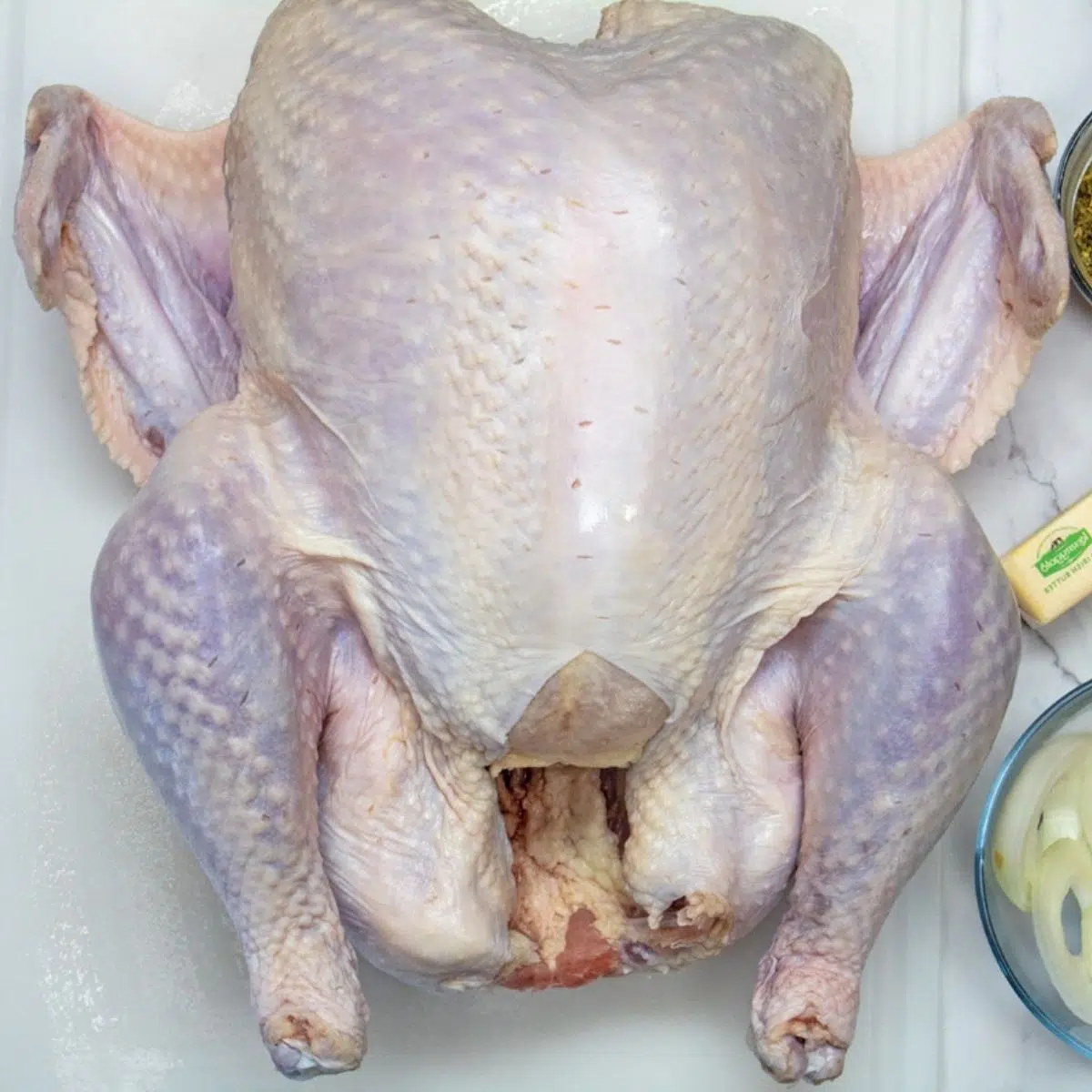
Jump to:
- Best Ways To Thaw A Turkey
- Thaw In The Refrigerator (Recommended)
- Thaw In Cold Water
- Thaw In The Microwave
- Turkey Thawing Times
- How NOT To Thaw A Frozen Turkey
- What Happens If I Thaw My Turkey On The Counter
- Why Does My Turkey Say Do Not Thaw
- Can I Cook A Frozen Turkey Without Thawing
- 🦃 Holiday Turkey Recipes
- 📖 Recipe Card
- 💬 Reviews
For more helpful information about preparing for the holidays, check out my Thanksgiving guide! I also have a great list of side dishes that taste fantastic with turkey as well as some recipes for all of your turkey leftovers!
Thaw In The Refrigerator (Recommended)
Thawing your turkey in the refrigerator is the best, most recommended way to get your turkey thawed out. Not only is it the method that is specifically recommended by the USDA as being safe, but it is also recommended by Butterball. However, it is also the slowest method out of all of your options so it is important to plan ahead (but requires no effort)!
Placing your turkey in the refrigerator ensures that it remains at a safe temperature at all times so that bacteria can't grow.
How To Thaw Turkey In The Refrigerator
- Keep the turkey in its original packaging and place it on a tray breast-side-up.
- Let the turkey thaw in the fridge. Allow approximately one day per every 4 pounds of turkey to completely thaw (*see chart below for more information about thaw times).
- Once completely thawed, the turkey can remain in the fridge for up to an extra 2 days before being cooked.
Thaw In Cold Water
Cold water thawing would come in second place as the safest way to thaw your turkey. The water must be cold so that the turkey remains at a safe temperature.
This method is quicker than using the refrigerator, but it can still take up an entire day (depending on the size of your turkey). Plus, using cold water requires a lot more attention and maintenance than the refrigerator method (which requires no effort).
How To Thaw Turkey In Cold Water
- Keep the turkey in its original packaging and submerge it in a container (or sink) of cold water breast-side-down.
- The water must be changed every 30 minutes to ensure it stays cold.
- Plan for a total of 30 minutes per pound of turkey to be defrosted (if you have a relatively large turkey, you may have to get up extremely early in the morning!)
- Once the turkey is thawed, it must be cooked immediately (so this will have to be done on Thanksgiving day).
Thaw In The Microwave
I don't recommend relying on your microwave to thaw out your turkey, but it is possible. Of course, this is the fastest method- but it does require much more babysitting than the other two options and the results aren't always the best.
You should also keep in mind, that this won't work for larger birds. If you have a large family and are feeding a crowd, you should consider other options.
How To Thaw Turkey In The Microwave
- Check the manual for your microwave before getting started. It will tell you what size turkey will fit. It will also instruct you on how many minutes per pound you'll need as well as what power setting to use.
- Remove all of the wrapping and packaging from your turkey (make sure there are no metal clips).
- Place the turkey onto a microwave-safe plate with the breast side up.
- A rough time estimate would be about 6 minutes per pound.
- Make sure to rotate your turkey during the process.
- If the turkey begins to really cook while in the microwave, let it rest for about 5 minutes before resuming.
- Once thawed, the turkey must be cooked immediately.
- Completely wash and clean the inside of your microwave to prevent cross-contamination.
Turkey Thawing Times
I put together this handy chart to help you estimate the amount of time that you'll need to completely defrost your whole frozen turkey. Again, these measurements are simply approximations.
As a general guideline:
- Refrigerator: one day for every 4 pounds.
- Cold water: 30 minutes per pound.
- Microwave: 6 minutes per pound.
| Turkey Weight | Fridge | Cold Water | Microwave |
| 10-15 pounds | 2½ - 3¾ days | 5 - 7½ hours | 1 - 1½ hours |
| 15-20 pounds | 3¾ - 5 days | 7½ - 10 hours | 1½ - 2 hours |
| 20-25 pounds | 5 - 6¼ days | 10 - 12½ hours | 2 - 2½ hours |
| 25-30 pounds | 6¼ - 7½ days | 12½ - 15 hours | 2½ - 3 hours |
>>>>See all of my recipes here<<<<
How NOT To Thaw A Frozen Turkey
It is never safe to let a turkey thaw at room temperature (or warmer) because the turkey will be in the range of bacteria-breeding temperatures (40°-140°F / 5°- 60°C). The following methods are unsafe and should never be used to defrost a turkey.
- Thawing on the kitchen counter.
- Using warm water (or hot). This includes the dishwasher.
- Do not use a hair dryer.
- Don't thaw the turkey outside.
What Happens If I Thaw My Turkey On The Counter
You may think you're safe because the center of the turkey is still frozen, but that is far from the truth. Once the outer flesh of the turkey reaches the danger zone between 40°F (4°C) and 140°F (60°C), bacteria can multiply rapidly.
Some of these bacteria can cause foodborne illnesses such as vomiting and nausea. Certain bacteria can even release toxins that remain even after you've cooked the turkey.
Why Does My Turkey Say Do Not Thaw
Butterball turkeys are some of the most common turkeys purchased and prepared for Thanksgiving (or any other time of the year). It is important to note that not all of their turkeys are created with the intention of being thawed and are supposed to go straight from the freezer to the oven.
Therefore, make sure to check your packaging and know that these Butterball products are not meant to be thawed out:
- Stuffed Whole Turkeys (Frozen)
- Ready To Roast Breast Roasts (Frozen)
- Ready To Roast Boneless Roasts (Frozen)
Can I Cook A Frozen Turkey Without Thawing
In case you didn't know, it is completely safe to cook a frozen turkey! However, it will take much longer to cook, which is why thawing it out is usually the best approach.
Cooking from frozen works best for roasting in the oven. You shouldn't smoke a frozen turkey because the smoke won't penetrate the meat quickly enough.
You should never fry a frozen turkey, either. Water and oil don't mix, and a frozen turkey holds a lot of water! The drastic temperature difference will cause immediate boilovers, which are dangerous, messy, and won't cook your turkey.
How To Cook A Still Frozen Turkey
Typically, a completely frozen turkey will take 50% longer to cook than a defrosted one. If your turkey is only somewhat frozen, it will still have a longer cooking time.
- Preheat your oven to 325°F (163°C/Gas Mark 3).
- Remove all plastic and wrapping.
- Put your turkey in a roasting pan with a rack or on a rack on top of a baking sheet to allow air to circulate.
- Bake at 325°F (163°C/Gas Mark 3) for 2 hours to partially thaw your turkey before seasoning (this helps the seasoning stick).
- At 2 hours, check your turkey with a meat thermometer. If it is thawed enough to probe through, remove it from the oven. If not, put it back in the oven for another 30 minutes.
- Remove the giblets and neck from your turkey at this time and season as desired. If desired, you can fill the body cavity with root vegetables and fresh herbs.
- Return to the oven to cook until the internal temperature at the thickest part of the bird reads 160°F (71°C). The temperature will increase another five degrees while resting.
- Remove your turkey from the oven and tent foil loosely over the top. Let it rest for 45 minutes to 1 hour before serving.
Make sure to check your bird in multiple locations with a meat thermometer to ensure that it has reached an internal temperature of 165˚F (75°C) before serving.
Now that you know the best methods for how to safely thaw a turkey, you are ready for the holidays! Leave a comment down below and let me know your favorite holiday dish!
🦃 Holiday Turkey Recipes
- Herbs de Provence Roasted Turkey - The French herb blend on this turkey gives it the most amazing flavor!
- Traeger Smoked Turkey - Fire up your smoker for a succulent turkey with loads of smokey flavor!
- Turkey Gravy - Save your pan drippings to make a quick and delicious turkey gravy!
- Oven Roasted Turkey - My fool-proof recipe for classic oven-roasted turkey!
- Air Fryer Turkey Breast - Juicy turkey breast in half the time with half the mess!
- Oven Roasted Turkey Breast - Sometimes you don't need the whole bird, and that's okay!
Do you love a recipe you tried? Please leave a 5-star 🌟rating in the recipe card below and/or a review in the comments section further down the page.
Stay in touch with me through social media @ Pinterest, Facebook, Instagram, or Twitter! Subscribe to the newsletter today (no spam, I promise)! Don't forget to tag me when you try one of my recipes!
📖 Recipe Card
How To Safely Thaw Turkey: Herbes de Provence Roasted Turkey (+Other Ideas and Tips!)
Ingredients
- 20 lb turkey (thawed)
- ½ cup butter (softened, at room temperature)
- 2 tablespoon herbes de provence (see recipe or use your favorite store-bought blend)
- 2 tablespoon olive oil (extra virgin)
- ½ medium white or yellow onion (sliced)
- ½ large lemon (washed and sliced)
Instructions
- Remove your thawed turkey from the fridge and allow it to warm to room temperature for 30 minutes. *This is also approximately enough time to soften butter.
- Preheat your oven to 450°F (232°C) and place a roasting rack or tray into a large roasting pan.
- Once the chill has been taken off your thawed turkey, remove it from packaging, as well as any packages in the cavity (neck, gizzards, heart, liver are usually inside - some turkeys also have a package of gravy base). Rinse your turkey inside and out, then place it into the roasting pan with the breast side up (or a cutting board). Pat dry using paper towels.
- In a small bowl, combine the softened butter with herbes de provence (you can also add a teaspoon of paprika if desired) until evenly distributed.
- Using the butter herb blend, coat the outside of the turkey as well as inside the body cavity. Starting with massaging the paste into the breast and working over the legs, wings, back and then the remaining paste inside the turkey. *Use your fingertips to loosen the skin from the breast meat to rub the herbed butter under the skin if desired. I highly recommend this!
- Once the whole turkey has been coated with the herbes de provence butter, use the olive oil to also coat all surfaces of the turkey.
- Place the lemon and onion slices inside the cavity of the turkey, leaving plenty of room for air to circulate throughout the cooking turkey. (Optional) Add additional fresh herbs inside the cavity for aroma and flavoring.
- Leave your turkey uncovered and place the roasting pan with seasoned turkey into the oven. Reduce the oven temperature to 350°F (175°C) and cook for 13 minutes per pound (without stuffing) or 15 minutes per pound (with stuffing).
- Every 40-45 minutes, remove the turkey from oven and baste with the drippings and then return to the oven and allow to continue cooking. Be sure to close the oven while basting, to keep your oven temperature steady for proper roasting time.
- Remove your turkey from the oven when it reaches 155-160°F (68-71°C).
- Carefully transfer the cooked turkey to a cutting board or your serving platter, then cover loosely with aluminum foil. Save the drippings for gravy (if desired). Allow your turkey to rest for approximately 1 ½ hours before carving and serving.
Notes
- Thawed turkey should be brought to room temperature for 30 minutes prior to roasting for even cooking and the best appearance (will minimize shrinkage).
- Servings are calculated at 1 ¼ pound of carved turkey per person for each serving.
- Poultry should not be cooked at temperatures less than 325°F (163°C) for best food safety practices.
- A 20-pound roasted turkey should be rested between 1 ½ hours to 2 hours, however, USDA says not to leave a cooked turkey out for more than 2 hours before refrigerating the leftovers.
Nutrition

Angela is an at home chef that developed a passion for all things cooking and baking at a young age in her Grandma's kitchen. After many years in the food service industry, she now enjoys sharing all of her family favorite recipes and creating tasty dinner and amazing dessert recipes here at Bake It With Love!

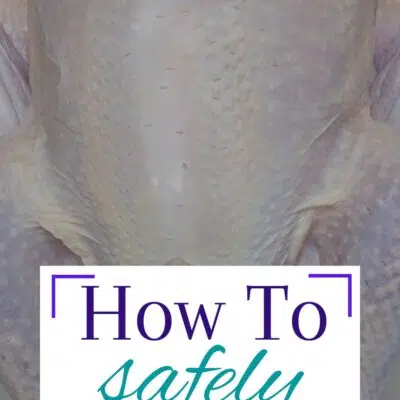
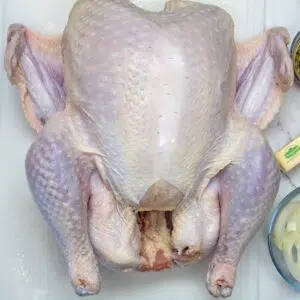


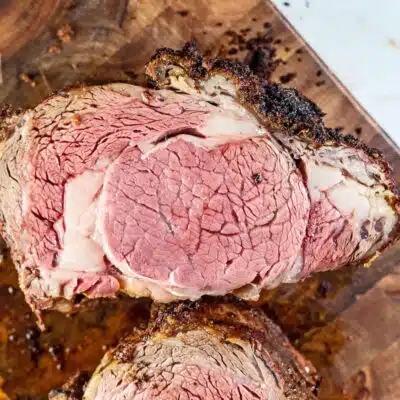
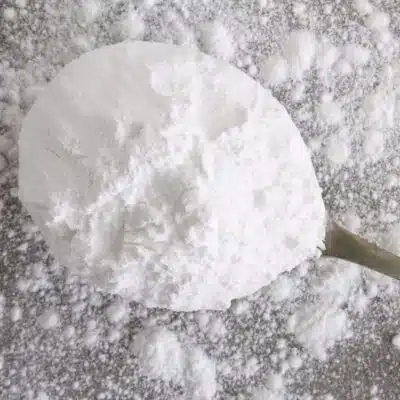
Comments
No Comments